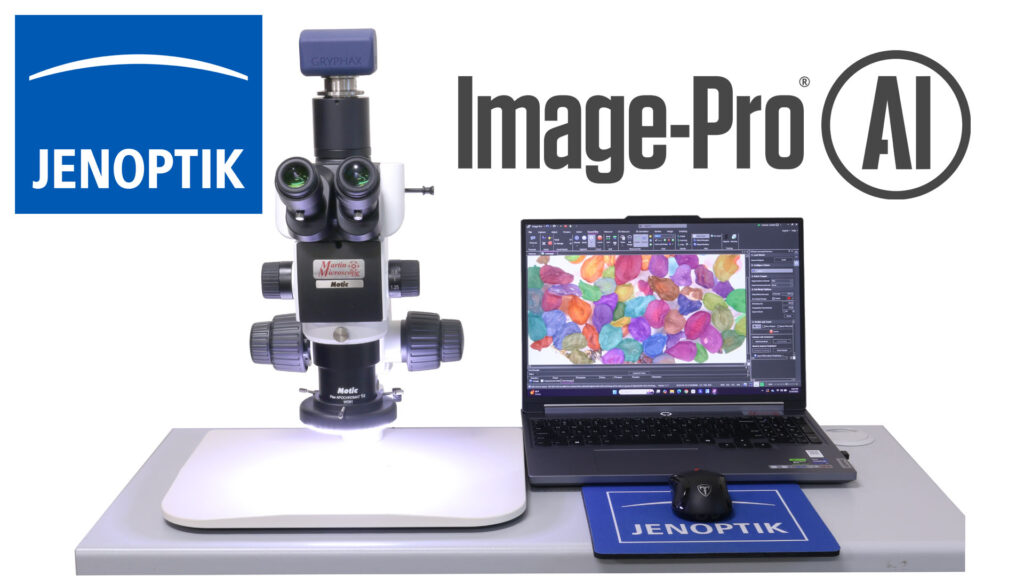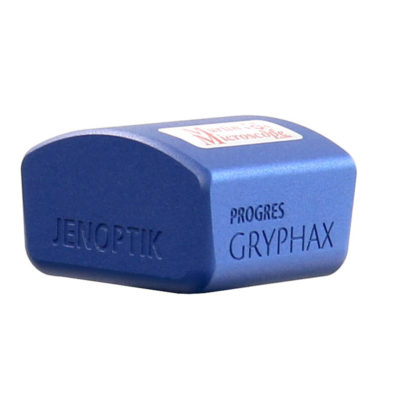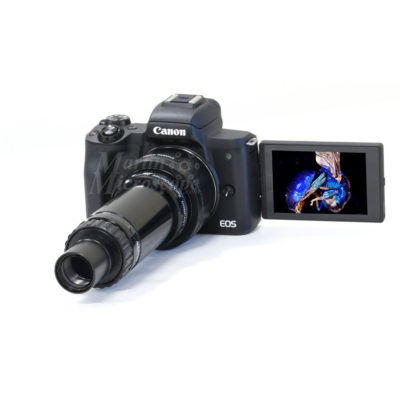All About Digital Microscopy
Rapidly advancing technology has placed digital imaging within reach of every microscopist. There are now so many digital cameras available for microscopy, it’s often difficult to choose the right one. At Martin Microscope Company, we spend lots of time testing new digital cameras in order to be able to recommend the right camera for each customer and application. We sell several carefully selected lines of dedicated microscope cameras, but we are also pioneers in adapting consumer digital cameras for microscopy using our own MM and MDSLR series adapters.
Digital Microscopy Components
Digital Microscopy
Systems
Digital Cameras & Imaging Software
Update your microscope with a state-of-the-art digital camera…
Choosing A Digital Microscope Camera
Martin Microscope began selling digital microscopy systems in 1995, so we have decades of experience. Today, we usually begin the conversation with customers by asking how they want to view and capture images. This relates to the type of output(s) the cameras feature, and there are 3 BASIC TYPES:
USB3
These cameras require a computer and software to drive them. In the past, there were a lot of Firewire cameras for microscopy, but as USB2 and now USB3 have surpassed Firewire in data transmission speeds, most current cameras that output directly to a computer use USB-3. These cameras will come with some software from the manufacturer to control imaging functions like preview, capture, exposure, white balance, and often basic calibrated measuring. Our Jenoptik Gryphax line of cameras fall into this category. These are generally preferred for professional / publication quality images or for image analysis applications using more advanced software. We like the flexibility of the Jenoptik Gryphax cameras which have drivers for 3rd party imaging software like Image-Pro and iSolution. With USB cameras, the software is very important, so we look for user-friendly, capable software solutions.
HDMI
Cameras that have direct HDMI output are often direct replacements for older video camera systems, and are generally recommended for live video output for classroom instructors or environments when a computer is not desired. This could be because users don’t want to learn new software or because of space restrictions. Images and video may be captured to an SD card or USB drive (depending on the camera), and can be downloaded to a computer if desired. These are typically 1080p or 4KHD with at least 30 frames / second live output. The prime example of this is our M4KHD2, which has become our most popular camera of this type.
Wi-Fi
These cameras usually do not provide the best image quality, but they are very convenient and user-friendly for student or clinician use. They pair with any wi-fi enabled device (smart phone, tablet, laptop) to provide a live image, and allow for image capture to the device. There are various ways in which these cameras can connect – some provide their own wi-fi connection, and some connect to an existing wi-fi network. We find that cameras that may be linked to directly are easier to set up and use.




